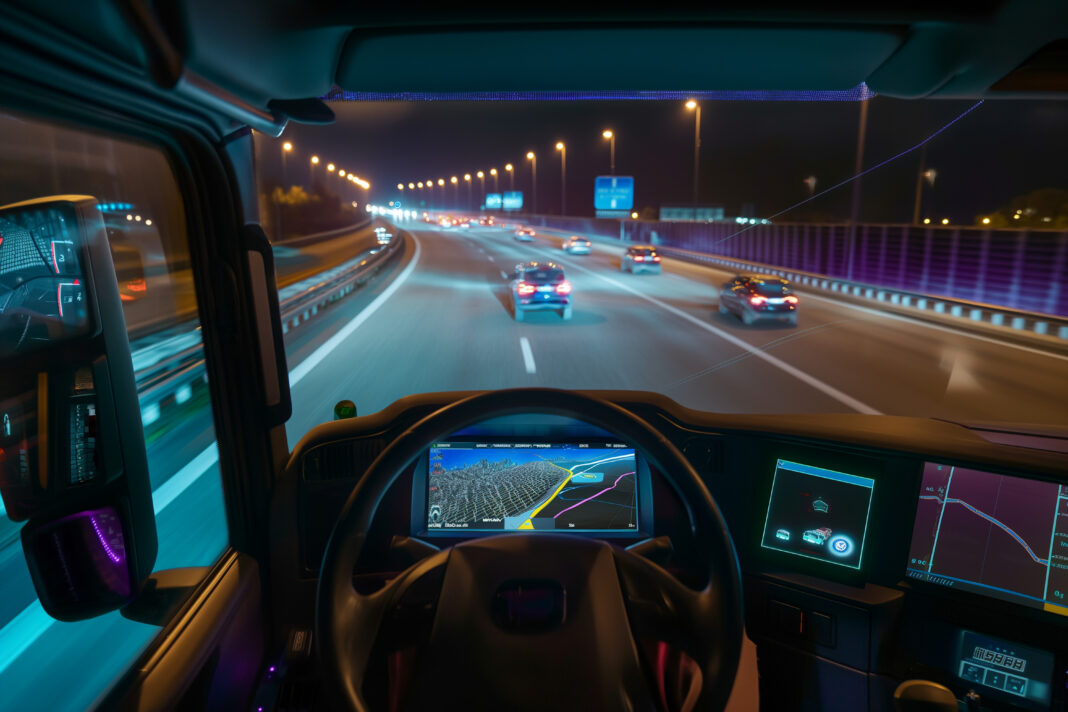
Autonomous trucks have been in development for years, and 2024 has seen significant advancements in this technology. Companies like Waymo, TuSimple, and Aurora are testing self-driving trucks on highways, aiming to make autonomous hauling a reality. But what does this mean for truck drivers? Are autonomous trucks a threat, or could they offer new opportunities?
The idea of driverless trucks raises concerns about job security, but experts suggest that autonomous vehicles will likely complement human drivers rather than replace them. Most autonomous trucks are currently designed for highway driving, where they face fewer complex variables than in-city environments. For now, these trucks still require a human operator for loading, unloading, and navigating city streets. In the near term, autonomous trucks may handle long-haul highway segments, with human drivers managing the first and last miles of each route.
As technology improves, it may even create new roles within trucking, such as vehicle maintenance and monitoring for autonomous fleets.
It’s clear that autonomous trucks are changing the landscape of the industry, and drivers will need to adapt. Learning new skills, like remote vehicle operation and tech-based logistics, could help drivers stay competitive in a technology-driven trucking future. By staying informed and open to new opportunities, truckers can find ways to thrive alongside autonomous technology rather than be sidelined by it.
Autonomous trucks may also improve safety on highways. Equipped with advanced sensors, cameras, and machine learning algorithms, these trucks can monitor road conditions, detect potential hazards, and make split-second decisions that minimize accidents. Unlike human drivers, autonomous systems aren’t prone to fatigue or distraction, potentially reducing the risk of human error and enhancing overall road safety. Some companies are exploring semi-autonomous solutions that assist drivers rather than replace them, such as collision avoidance systems and adaptive cruise control, which can significantly reduce the physical and mental strain on drivers.
However, the transition to autonomous trucking isn’t without challenges. Regulatory approval, infrastructure updates, and public acceptance remain hurdles that need to be addressed. While several states are working on legislation to support autonomous vehicle testing, a standardized national policy is still in development. For truckers, this evolution underscores the importance of training in technology and staying adaptable. Trucking schools and companies are beginning to offer courses on autonomous systems, helping drivers gain skills in managing and overseeing these new technologies. Autonomous trucks promise to reshape the industry, and by embracing these changes, drivers can ensure they remain integral to its future.
